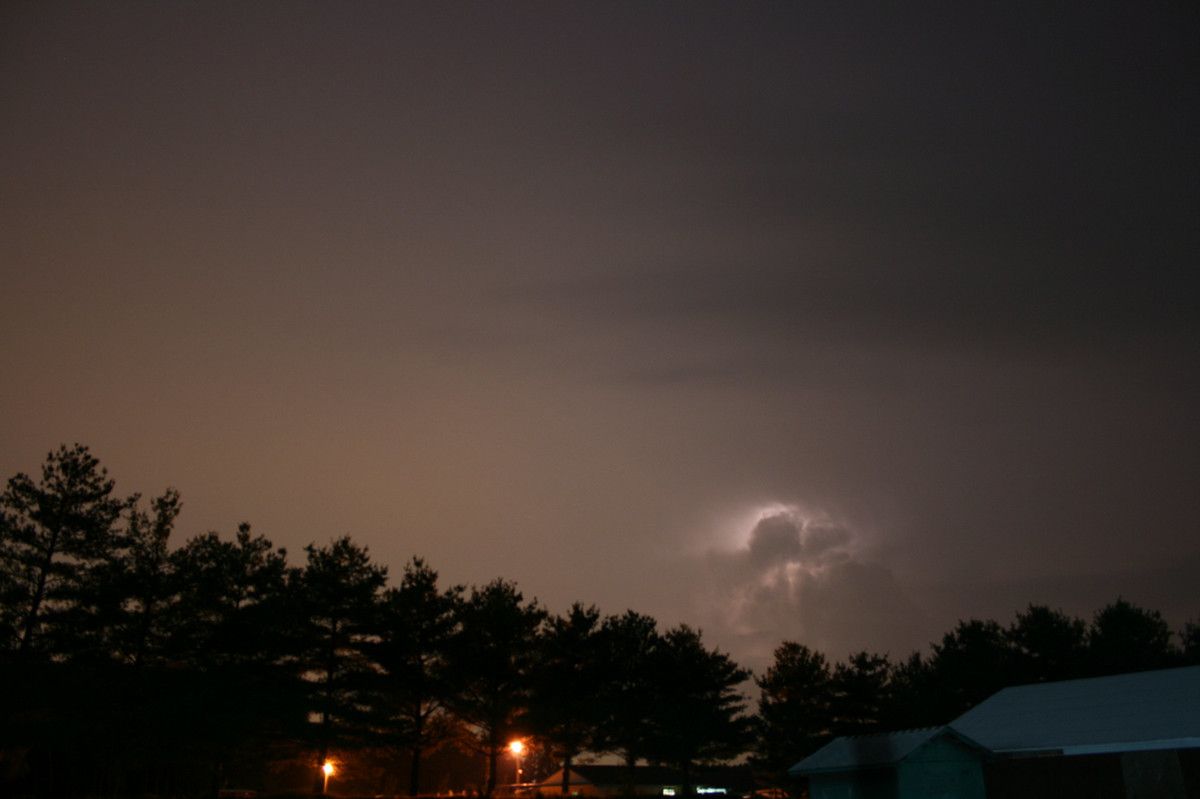Heat lightning, in this Moment of Science.
One of the more mysterious pleasures of a warm summer evening is the spectacle of lightning from distant thunderstorms, flickering silently on the horizon while stars shine overhead. People usually call it heat lightning.
Lightning is easy to see at great distances, especially when it illuminates high thin clouds visible for many miles. But thunder usually doesn't carry more than about ten or fifteen miles from the storm, because turbulent air around a storm acts as a damper on sound waves.
Another reason thunder doesn't carry more than about ten or fifteen miles has to do with differences in temperature between air at ground level and higher up.
Early on a summer evening, the ground is still warm from afternoon sunshine, so the air at ground level is also warm. A few thousand feet up, the air is cooler. This temperature difference bends the sound of thunder upward. Here's how it happens.
We can think of a sound wave as an invisible wall of slightly compressed air, traveling at the speed of sound. Sound travels slightly faster in warm air than in cool air. So the part of that invisible wall down in the warm air travels a little faster than the part in the cool air higher up. The bottom of this invisible wall gets ahead of the top as it travels. The invisible wall of sound bends upward as it goes.
The common term "heat lightning" actually describes an essential feature of the situation. Because of a layer of warm air near the ground, the sound of thunder is bent upward, into the night sky. The result is that you see lightning on the horizon but you don't hear thunder.










